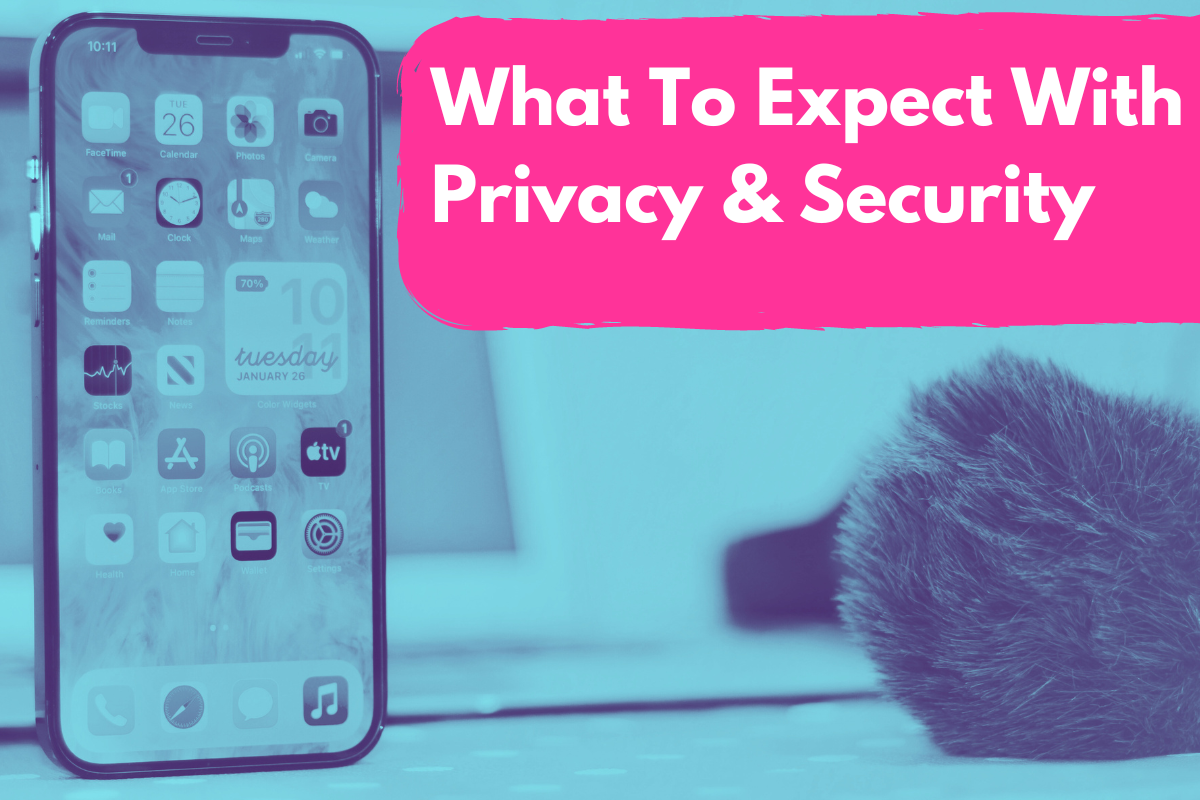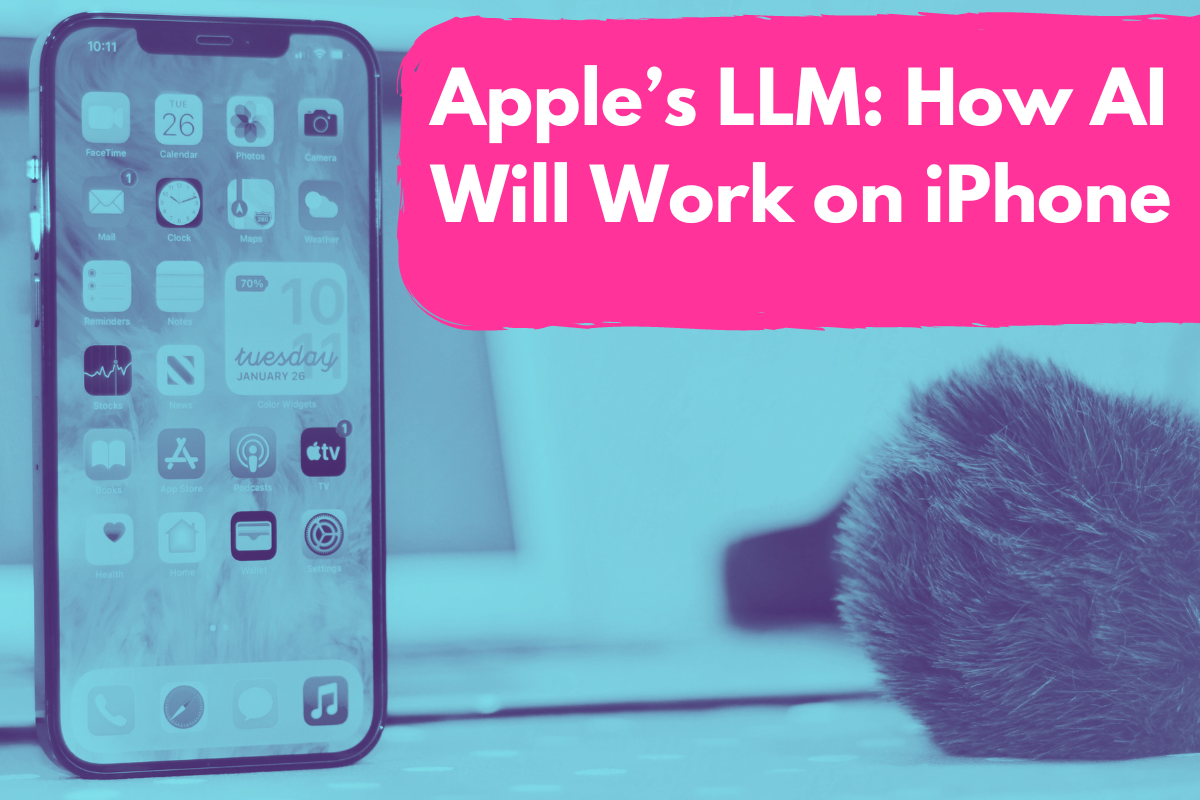It had to happen. In 2024, Apple will bring a host of AI features to its iPhone 16 series inside iOS 18 – here’s everything you need to know
[TL:DR] – Apple’s AI Plans For iPhone & iOS
- 🍏 Unique AI Path: Unlike adopting OpenAI’s ChatGPT, Apple is crafting its very own proprietary large language model (LLM) for a tailored approach, mirroring Google’s strategy.
- 🕒 Long-Term AI Investment: Tim Cook has highlighted Apple’s long-standing commitment to AI, with investments and development predating OpenAI’s emergence, signaling a deep-rooted AI foundation within Apple.
- 📱 Current AI Features: iPhones are already AI powerhouses, from smart iOS enhancements through machine learning to sophisticated camera algorithms, showcasing years of AI integration in smartphones.
- 🌐 Generative AI Focus: Diverging from background AI tasks, Apple’s next-gen LLM aims for direct user interaction, akin to ChatGPT, marking a significant shift towards more user-centric AI applications.
- 🗣️ Siri’s Evolution: Siri is set for a major makeover, with plans to infuse it with Apple’s LLM, transforming the assistant into a more dynamic and conversational companion for users.
- 📲 Expanding AI Across iOS: Apple’s AI ambitions extend beyond Siri, with plans to weave generative AI into Messages, Apple Music, Pages, and more, promising enriched interactions reminiscent of Google’s Bard and Spotify’s AI DJ, but with an Apple twist.
Samsung’s doing it. And so too is Google. It was always going to be only a matter of time before Apple unleashed its own plans for generative AI inside iPhone and its wider product ecosystem.
Ahead of the launch of iOS 18 and its iPhone 16 series later this year, Apple has confirmed that more AI features are coming to iPhone. This doesn’t usually happen, either – Apple is usually very tight-lipped about updates on unannounced products.
Artificial intelligence, thanks to OpenAI’s ChatGPT and Microsoft’s massive push with AI inside its Microsoft 365 suite, as well as Google’s now rebranded Gemini, is the talk of the town. Investors are all hot under the collar for AI, so it makes sense that Apple would confirm its intentions early.
But what can we expect from Apple’s generative AI on iPhone (inside iOS 18) and how will it work in practice? Is it going to be like ChatGPT or will it be more like Samsung’s Galaxy AI which lives inside the software and helps with things like editing photos and replying to emails?
Apple GPT: What To Expect / How It Might Work In iPhone

Unlike Microsoft, Apple isn’t just going to bundle OpenAI’s ChatGPT inside iOS. Instead, it will take a similar approach to Google and build its own, proprietary LLM (large language model).
And this isn’t a new trend, either. Tim Cook has confirmed multiple times that Apple has been investing and developing its own artificial intelligence platform for years, likely even before OpenAI was a thing.
And your iPhone currently runs a whole host of AI-powered features as is, from machine learning algorithms to make iOS smarter and more intuitive to advanced stuff inside the camera module. Machine learning has been a part of smartphones for a good many years now.
Apple’s AI Will Be More Like Gemini Than ChatGPT
Generative AI, the kind that OpenAI does with ChatGPT, is a little different though: it is more user-focussed, it doesn’t hide away inside the machine. It is there, present, for you – as the user – to interact with. And that is why Apple’s next-gen LLM is such a big deal.
Not much is known about how it will work once it lands inside the iPhone 16 series, but there is plenty of speculation about how it will function based on leaked internal memos from Apple.
Here’s a quick breakdown of all the areas inside iPhone and iOS that’ll benefit from Apple’s LLM AI model:
- Siri’s Transformation: A Leap Forward The spotlight’s on Siri, with a significant overhaul in the works. Apple’s gearing up to supercharge Siri with a proprietary large language model (LLM), aiming to morph our go-to voice assistant into a more engaging and efficient conversationalist.
- AI’s Broader Role Inside iOS: But why stop at Siri? Apple’s vision extends across the board, from Messages to Apple Music and Pages, infusing them with generative AI magic. Think Google’s Bard or Spotify’s AI DJ, but with Apple’s signature spin.
- AI in Photography & Video When it comes to photography and video, Apple’s playing it smart. Expect a cautious embrace of AI, balancing cutting-edge innovation with the ethical dilemmas of digital realism. Apple’s not rushing in where others might stumble.
Apple’s Approach To Privacy In The Age of LLMs

With LLMs like ChatGPT and Google’s Gemini, as well as Samsung’s Galaxy AI, user privacy is, of course, a big deal. This is a completely new frontier in tech and no one is really sure where the boundaries, legally speaking, actually are – and this is a big concern for security and privacy issues.
Apple has always been focused on providing its users with transparent guidelines of what it does and doesn’t do with data. With AI, systems that learn from a user’s input, new types of security and privacy measures are essential, so expect this to form a huge part of Apple’s presentation when it announced its AI model for iPhone.
What will this look like? I’d imagine there’ll be some kind of dedicated AI chip where data and input is processed and made secure, a kind of black box-type deal. This would give Apple a serious edge when it comes to privacy and security concerns about AI and the data sources it has access to.
But this is all predicated on how Apple ends up deploying its LLM across its product line. Will it be on-device or deployed via the cloud? Both methods have their pros and cons, and time is indeed of the essence, but internally there is still some debate on which approach would work best for the company and its users.
One debate going on internally is how to deploy generative AI: as a completely on-device experience, a cloud-based setup or something in between. An on-device approach would work faster and help safeguard privacy, but deploying Apple’s LLMs via the cloud would allow for more advanced operations.
The on-device strategy also makes it harder for Apple to update its technology and adapt to a fast-changing industry. With that in mind, I wouldn’t be surprised if the company adopts a combined approach: using on-device processing for some features and the cloud for more advanced tasks.


